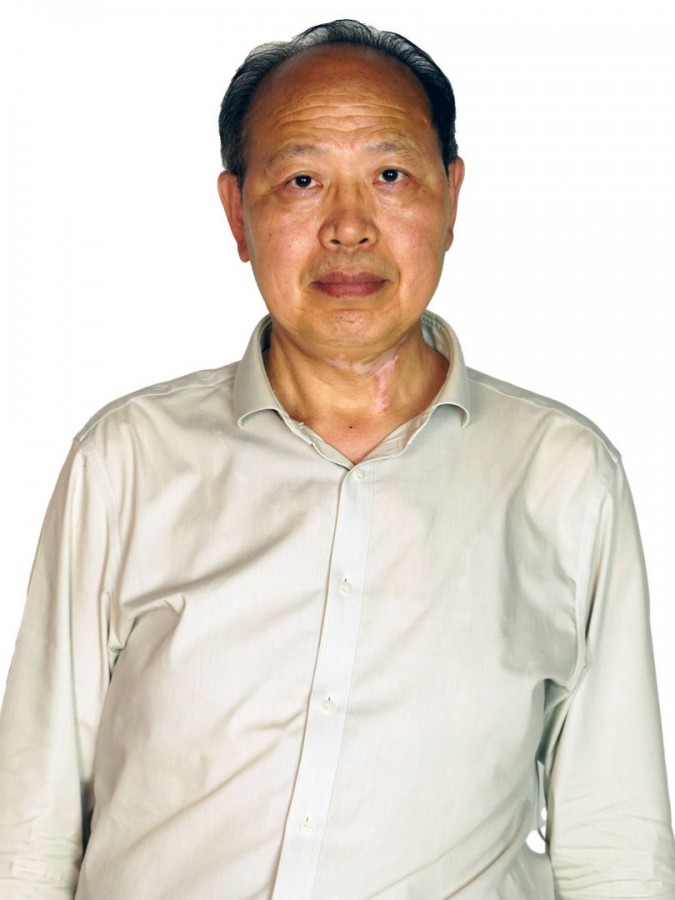abstract
A series of lanthanide glutarates [Ln(phen)(glu)Cl](n) {Ln = Y (1a), Tm (1b); phen = 1,10-phenanthroline; glu = glutarate}, [Ln(2)(phen)(2)(glu)(3)](n) {Ln = Ce (2a), Tb (2b), Ho (2c)} and [La-2(glu)(3)(H2O)(3)](n)center dot 5nH(2)O (3) have been hydrothermally synthesized and characterized structurally. Compounds 1a-b are isostructural and consist of 1-D neutral [Ln(phen)(glu)Cl](n) chains, which are built up from the linkages of [Ln(phen)Cl](3+) ions and glutarate ligands. Compounds 2a-c are isostructural and contain 2-D [Ln(2)(phen)(2)(glu)(3)](n) layers, where Ln(3+) ions are connected by three kinds of glutarate ligands. The 3-D framework of compound 3 is constructed by the linkages of La3+ ions and glutarate ligands. Although some 3-D lanthanide glutarates have been reported, they exhibit a very robust structural type, whose structure is not changed by different Ln3+ ions, but compound 3 shows a new structural type. A systematic investigation of six lanthanide glutarates and some reported compounds revealed that the well-known lanthanide contraction has a significant influence on the formation of lanthanide glutarates. The photoluminescent properties of 1b and 2b, and magnetic properties of 1b, 2b and 2c have been studied.
keywords
SINGLE-MOLECULE MAGNET; COORDINATION POLYMERS; RADIATIONLESS TRANSITIONS; COMPLEXES; LUMINESCENCE; BEHAVIOR; 1,10-PHENANTHROLINE; ANION; IONS; ACID
subject category
Chemistry
authors
Tan, XF; Zhou, J; Zou, HH; Fu, LS; Tang, QL; Wang, P
our authors
acknowledgements
This work was supported by the NNSF of china (No. 21671029 and 21601038), the NSF of Chongqing municipality (No. cstc2014jcyjA50002, cstc2015jcyjBX0117), Fundacao para a Ciencia e a Tecnologia (FCT, Portugal), the European Union, QREN, FEDER through Programa Operacional Factores de Competitividade (COMPETE), and CICECO-Aveiro Institute of Materials, POCI-01-0145-FEDER-007679 (FCT Ref. UID/CTM/50011/2013), financed by national funds through the FCT/MEC and when appropriate co-financed by FEDER under the PT2020 Partnership Agreement, and Program for Excellent Talents in Chongqing Higher Education Institutions. The authors are also grateful to Chongqing Normal University for financial support (14CSLJ02), graduate innovative research projects of Chongqing municipality (CYS16147) and the innovative training program of university student (201610637008).


